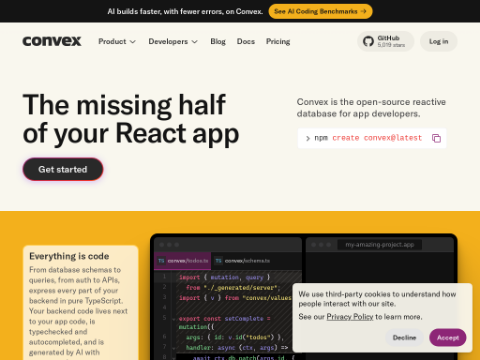In the field of artificial intelligence (AI) research, multimodal reasoning—the ability to process and integrate information from various data sources such as text, images, and videos—has long been considered a highly challenging task. Although significant progress has been made in recent years, many models still struggle with contextual accuracy and efficient cross-modal understanding. These challenges primarily stem from limitations in scale, narrow dataset focus, and restricted access to advanced models, hindering the development of more general and inclusive AI systems.
However, a major breakthrough in this domain has been achieved with the release of QvQ, an open-parameter model specifically designed for multimodal reasoning by the Qwen team. Built on the Qwen2-VL-72B model, QvQ incorporates several architectural enhancements aimed at addressing the current challenges faced by multimodal AI systems.
The architecture of QvQ is tailored to efficiently and accurately handle complex multimodal reasoning tasks. It employs a hierarchical structure that adeptly combines visual and linguistic information while preserving contextual nuances. This design not only ensures the effective use of computational resources but also enhances the model's accuracy. Additionally, QvQ's alignment mechanism for text and visual inputs, based on advanced Transformer architectures, enables highly accurate cross-modal embeddings, further boosting its performance.
Notably, QvQ boasts 72 billion parameters, providing excellent scalability and the ability to handle large and diverse datasets. Its open-parameter nature offers significant flexibility, allowing researchers to customize it for specific application areas. This adaptability makes QvQ a valuable resource for addressing domain-specific challenges and lays a solid foundation for the widespread application of AI technology.
Preliminary evaluation results show that QvQ excels on key benchmarks for multimodal reasoning. On datasets like Visual7W and VQA, QvQ has achieved remarkable results, demonstrating its capability to process and respond to complex visual queries. These achievements not only highlight the enhancements made to the Qwen2-VL-72B model but also underscore QvQ's leading position in the field of multimodal reasoning.
Beyond its superior performance, QvQ also exhibits strong generalization capabilities. Unlike models that require extensive fine-tuning for each new task, QvQ can perform efficiently across various scenarios with minimal adjustments. This feature makes QvQ a versatile tool in the realm of multimodal reasoning, with broad adaptability and application potential.
The Qwen team stated that the release of the QvQ model marks a significant step forward in the development of advanced multimodal AI systems. By addressing key challenges and providing scalable, open-parameter solutions, the Qwen team is fostering collaboration and innovation. Combining robust technical features with high accessibility, QvQ is set to become a valuable tool for researchers and practitioners.
As the application of the QvQ model expands, there is every reason to believe that it will make important contributions in multiple fields, further enhancing AI capabilities in multimodal reasoning and beyond.








